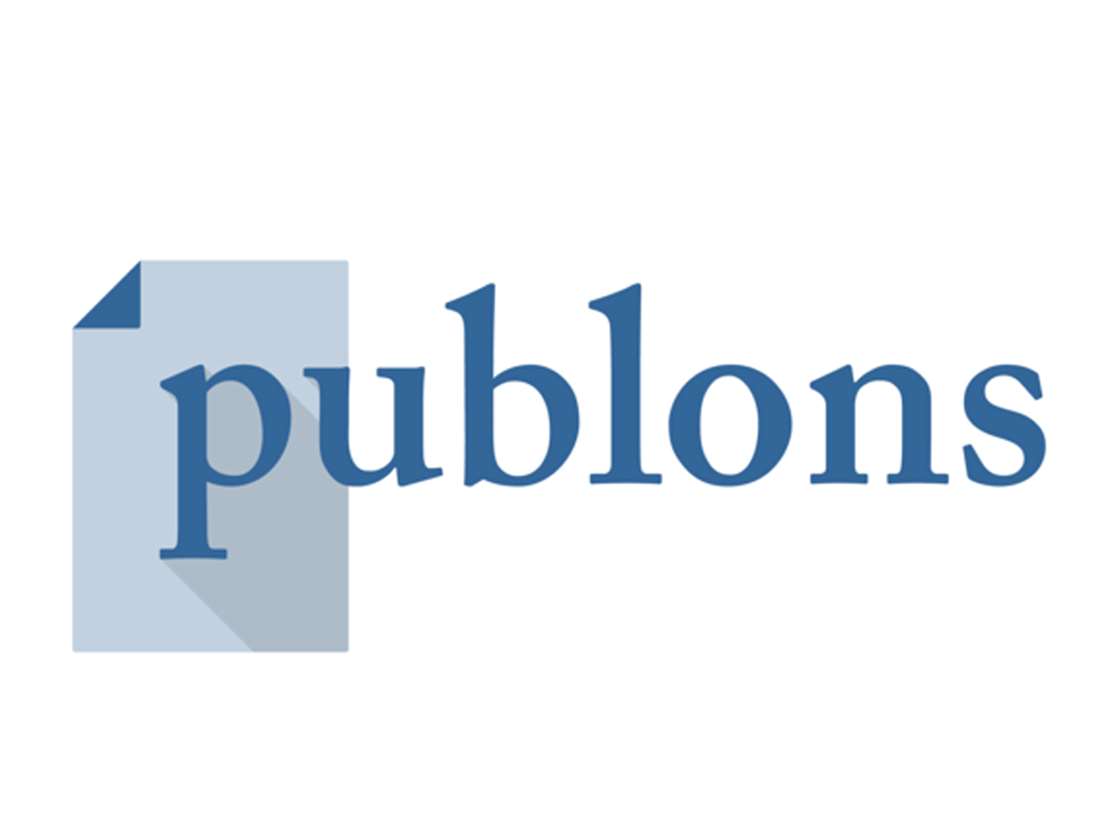CHALLENGING ROLES OF THE TEACHER IN INDONESIAN MODERN MIDDLE SCHOOLS
DOI:
https://doi.org/10.21512/seeij.v2i1.5564Abstract
Since year 2000, Indonesian ministry of education has allowed open curriculum system especially for adopting foreign curriculum system into national middle school system. As a result, there are demanding trends amongst parents and communities to reshape the role of teacher. The traditional instruction which emphasized the role of teacher as primarily source of knowledge is considered no longer effective to cope with latest trend of globalisation and internet technologies. For this reason, the article addressed the changing roles of modern teacher along with enhancing instructional activities. The article also examines the important trends that commonly ignored by the teachers such as: advance internet applications and characteristics of digital generation, and link them with variety of learningapproaches.
References
Aicinena, S. (1999). Five Steps Toward Becoming a Better Teacher/Coach.
Ainley, M., & Ainley, J. (2011). Student engagement with science in early adolescence: The contribution of enjoyment to students continuing interest in learning about science. Contemporary Educational Psychology, 36(1), 4–12.
AlAgha, I., Hatch, A., Ma, L., & Burd, L. (2010). Towards a teacher-centric approach for multi-touch surfaces in classrooms. In ACM International Conference on Interactive Tabletops and Surfaces (pp. 187–196).
Arends, R. (2014). Learning to teach. McGraw-Hill Higher Education.
Baedowi, A. (2015). Potret Pendidikan Kita. PT.Pustaka Alvabet.
Bandura, A. (1969). Social-learning theory of identificatory processes. Handbook of Socialization
Theory and Research, 213, 262.
Bandura, A. (1978). Social learning theory of aggression. Journal of Communication, 28(3), 12–29.
Banner, J. M., & Cannon, H. C. (2017). The elements of teaching. Yale University Press.
Barr, R. B., & Tagg, J. (1995). From teaching to learning - A new paradigm for undergraduate education. Change: The Magazine of Higher Learning, 27(6), 12–26.
Bashori, K. (2015). Pengembangan Kapasitas Guru. Pusaka Alvabet.
Bedi, A. S., & Garg, A. (2000). The effectiveness of private versus public schools: The case of Indonesia. Journal of Development Economics, 61(2), 463–494.
Biggs, J., & others. (1996). Western misperceptions of the Confucian-heritage learning culture. The
Chinese Learner: Cultural, Psychological and Contextual Influences, 45–67.
Bjork, C. (2005). Indonesian education: Teachers, schools, and central bureaucracy. Routledge.
Bloom, B. S. (1976). Human characteristics and school learning. McGraw-Hill.
Blunsdon, B., Reed, K., McNeil, N., & McEachern, S. (2003). Experiential learning in social science
theory: An investigation of the relationship between student enjoyment and learning. Higher
Education Research & Development, 22(1), 43–56.
Bond, T. G. (2012). Piaget's Learning Theory. In Encyclopedia of the Sciences of Learning (pp. 2634–2636). Springer.
Borg, S. (2003). Teacher cognition in language teaching: A review of research on what language
teachers think, know, believe, and do. Language Teaching, 36(2), 81–109.
Boud, D., Keogh, R., & Walker, D. (2013). Reflection: Turning experience into learning. Routledge.
Brown, J. S., Collins, A., & Duguid, P. (1989). Situated cognition and the culture of learning.
Educational Researcher, 18(1), 32–42.
Buckingham, D., & Willett, R. (2013). Digital generations: Children, young people, and the new media. Routledge.
Cassidy*, S. (2004). Learning styles: An overview of theories, models, and measures. Educational
Psychology, 24(4), 419–444.
Chamot, A. U., & O’malley, J. M. (1994). The CALLA handbook: Implementing the cognitive academic
language learning approach. Addison-Wesley Publishing Company Massachusetts.
Cushion, C. J., Armour, K. M., & Jones, R. L. (2003). Coach education and continuing professional
development: Experience and learning to coach. Quest, 55(3), 215–230.
Dabbagh, N., & Kitsantas, A. (2012). Personal Learning Environments, social media, and self-regulated learning: A natural formula for connecting formal and informal learning. The Internet and Higher Education, 15(1), 3–8.
Djafri, N. (2017). Manajemen Kepemimpinan Kepala Sekolah: (Pengetahuan Manajemen, Efektivitas,
Kemandirian Keunggulan Bersaing dan Kecerdasan Emosi). Deepublish.
Duit, R., & Treagust, D. F. (1998). Learning in science: From behaviourism towards social
constructivism and beyond. International Handbook of Science Education, 1(Part 1), 3–25.
Dunn, R. S., & Dunn, K. J. (1993). Teaching secondary students through their individual learning styles:Practical approaches for grades 7-12. Prentice Hall.
Ernest, P. (1989). The knowledge, beliefs and attitudes of the mathematics teacher: A model. Journal of Education for Teaching, 15(1), 13–33.
Downloads
Published
How to Cite
Issue
Section
License
Copyright (c) 2019 Social Economics and Ecology International Journal

This work is licensed under a Creative Commons Attribution-NonCommercial 4.0 International License.
The Authors submitting a manuscript do so on the understanding that if accepted for publication, copyright of the article shall be assigned to SEEIJ Community Development Academic (CDA) Bina Nusantara University as publisher of the journal.
Copyright encompasses exclusive rights to reproduce and deliver the article in all form and media, including reprints, photographs, microfilms and any other similar reproductions, as well as translations. The reproduction of any part of this journal, its storage in databases and its transmission by any form or media, such as electronic, electrostatic and mechanical copies, photocopies, recordings, magnetic media, etc., will be allowed only with a written permission from SEEIJ Community Development Academic (CDA) Bina Nusantara University.
SEEIJ Community Development Academic (CDA) Bina Nusantara University, the Editors and the reviewer make every effort to ensure that no wrong or misleading data, opinions or statements be published in the journal. In any way, the contents of the articles and advertisements published in the SEEIJ are sole and exclusive responsibility of their respective authors and advertisers.

This work is licensed under a Creative Commons Attribution-NonCommercial 4.0 International License.









